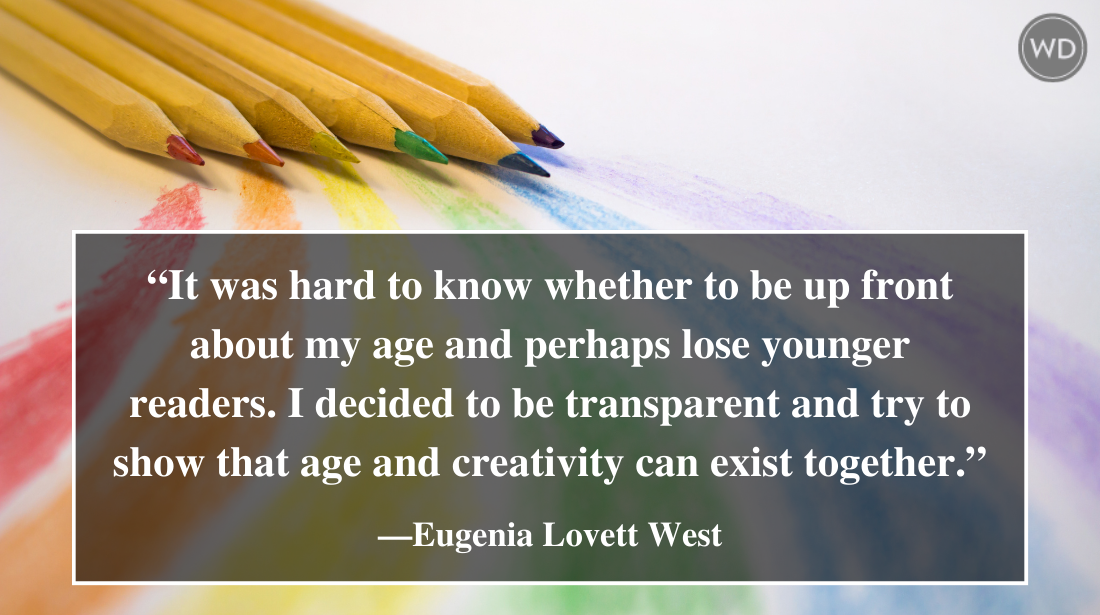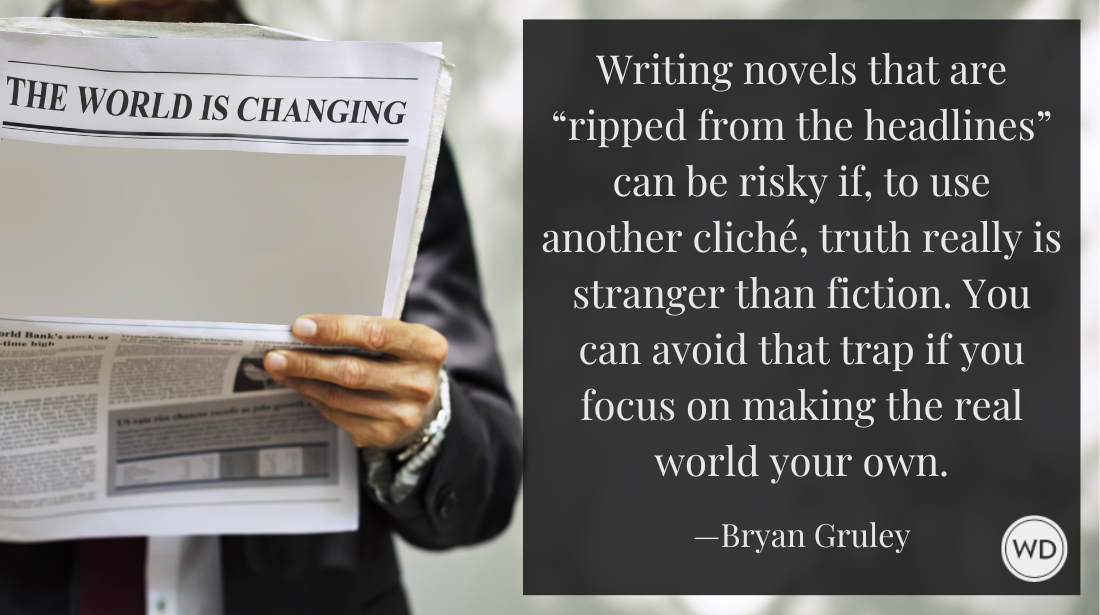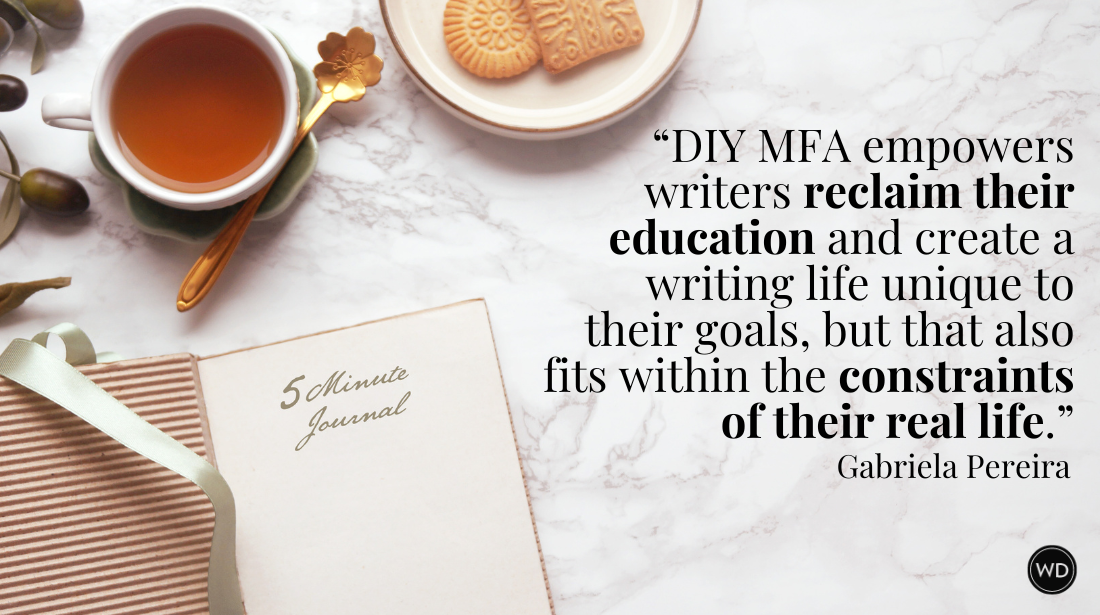Writing Memoir: Peering Into Memories and Mary Karr’s Life
Today’s guest post is by the incredible Darrelyn Saloom, who is working on a memoir with boxer champion Deirdre Gogarty. Follow Darrelyn on Twitter, or read her previous guest posts….
Today's guest post is by the incredible Darrelyn Saloom, who is working on a memoir with boxer champion Deirdre Gogarty. Follow Darrelyn on Twitter, or read her previous guest posts. (Pictured above: Window Dressing on Royal Street in New Orleans)
When I first read Mary Karr’s memoir, The Liars’ Club, her story
ignited my nerve endings because her life mirrored mine in so many ways.
We were both born in ‘55, had crazy childhoods in the Lone Star State,
and grew up in a wildly shuffled deck of cards. But I felt more than
affinity; I admired her as teacher and artist.
She followed The
Liars’ Club with two more memoirs, Cherry and Lit. With each book, I
recognized parts of myself. But more importantly, I learned the need for
candor in writing. To write your life’s story, you must peer into
memories and render them carefully. Only then can images be excavated
with genuine feelings that accompany an event.
At Garden District
Book Shop in New Orleans, I recently attended Mary Karr’s book
discussion and signing to promote the paperback release of Lit. A woman
in the audience told the PEN prizewinner she reminded her of Nabokov.
The quick-witted Mary proposed to the woman on the spot. Someone else
asked about the explosion of memoirs and their popularity. Karr
explained:
With memoir, even a bad memoir, whoever is writing it is
very emotionally invested. There is warmth, I think, with the reader
and a sense of connection with the material that fiction writers just
aren’t ponying up with—they just aren’t. … I think memoirists are
writing about how you continue to love people who have broken your
fucking heart, how you maneuver in the world and show the inside, the
complicated psychological insides of human relationships.
The
warmth and connection the author described are what I crave as a reader.
If a book leaves me cold, if I can’t find a shred of sentiment, or a
character I like (or even love to hate), I lose interest and stop
reading. But it’s not easy to journey back in time, expose your inner
life, and then describe complex interactions with people.
The
difficulty, as Karr went on to say, is that we don’t live our lives with
a recorder strapped to our heads. Dialogue cannot be exact because it
comes from memory, and memoirists in the past such as Mary McCarthy were
called to task by critics when she “telescoped time, or left out
sections, or recreated dialogue.” Karr explained why McCarthy’s
novelistic devices are now more readily accepted:
We no longer have a
yardstick for what is objectively true. We don’t believe in objective
truth any more as a society. We think the mayor is going to lie to us,
the president is going to lie to us, scientists are going to forge their
statistics. … Everything we once thought was true and holy and
right and good, we now think is a little fishy. So, I think, subjective
reality now has more currency. It’s more acceptable. You accept as a
reader that I could reconstruct dialogue, and you’re comfortable with
that.
Writing memoir can be problematic because memory is subjective,
and lifting the veil can be painful at times. But when it’s done with
integrity, readers know it. As Karr said, it doesn’t matter if it’s an
“I was a teenage sex slave sound-bite memoir” or “a really great one you
will read over and over again," readers connect to the feelings of the
writer’s recollections.
Towards the end of the book event, after a
lot of laughs and a surprise reunion with Richard, the hairdresser in
Lit who styled Mary’s hair the day of her wedding while her mother got
stoned with another stylist in back of the salon (the book is worth
buying for that anecdote alone), a woman asked, “Do you have periods
when you don’t write or can’t write?” Karr replied:
All the time. But
if you don’t go online, you don’t answer your phone, you don’t answer
the door, you don’t get your mail, you don’t turn on the television,
there becomes very little for you to do. … While I was working on
this book at the end, I really had a flame thrower on my ass, and my
boyfriend would sometimes leave at seven in the morning and come back at
nine at night. And I would be in the same position in bed with my
laptop on my knees. I didn’t answer the door. You couldn’t deliver a
package to my apartment on Monday, Tuesday, or Wednesday. Or schedule
any social event. … If you lock yourself in your home and don’t let
yourself turn the TV on, or the radio, you’ll eventually write. Or
you’ll blow your brains out like Hemingway did. Or you can quit. What a
relief. But I say: if you can get away with not writing, do that.
Given
the difficulty, emotions, and sacrifice of time, it would be a relief
to quit. But if you are intent on writing a memoir, or if you’re a
reader who would like a peek into Mary Karr’s life, I highly recommend
The Liars’ Club, Cherry, and Lit. In my opinion, hers are among the
great ones, the kind of books you buy and then keep because you’ll want
to read twice.
(Below: Mary Karr signing Lit for Darrelyn.)
Jane Friedman is a full-time entrepreneur (since 2014) and has 20 years of experience in the publishing industry. She is the co-founder of The Hot Sheet, the essential publishing industry newsletter for authors, and is the former publisher of Writer’s Digest. In addition to being a columnist with Publishers Weekly and a professor with The Great Courses, Jane maintains an award-winning blog for writers at JaneFriedman.com. Jane’s newest book is The Business of Being a Writer (University of Chicago Press, 2018).








